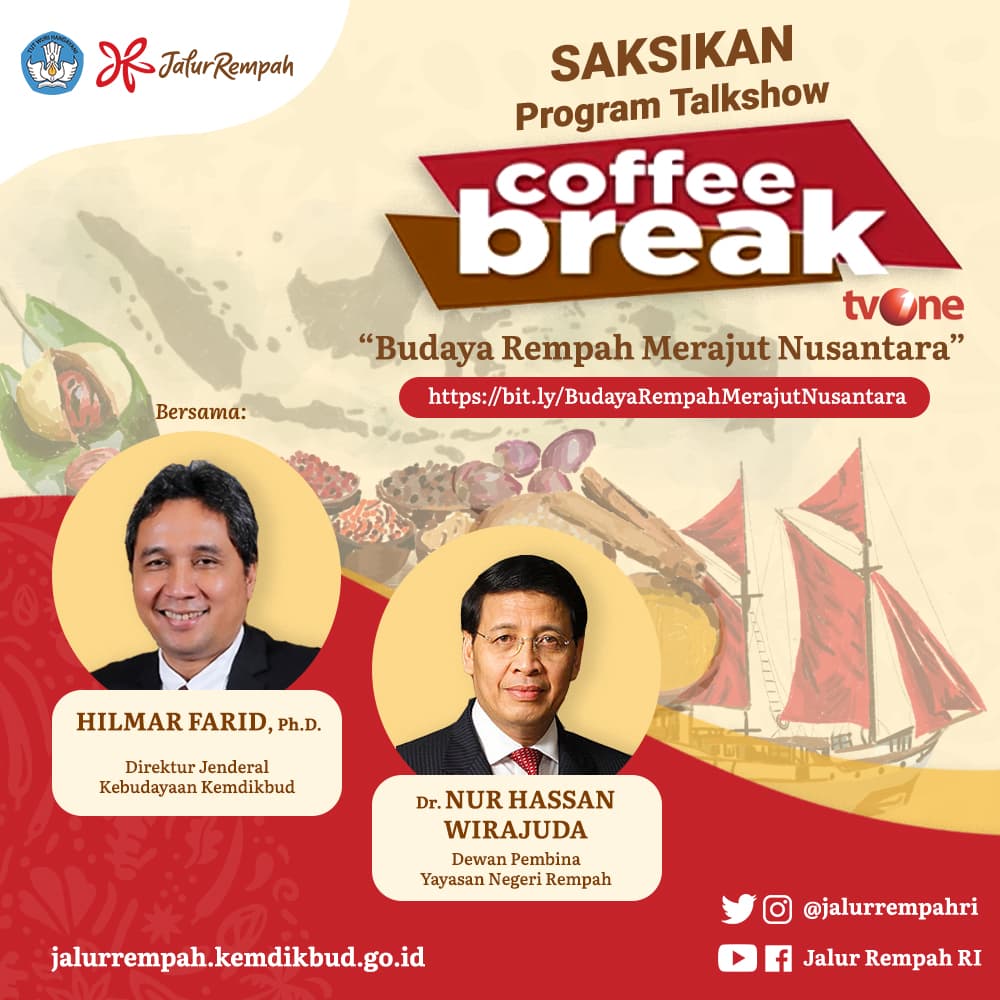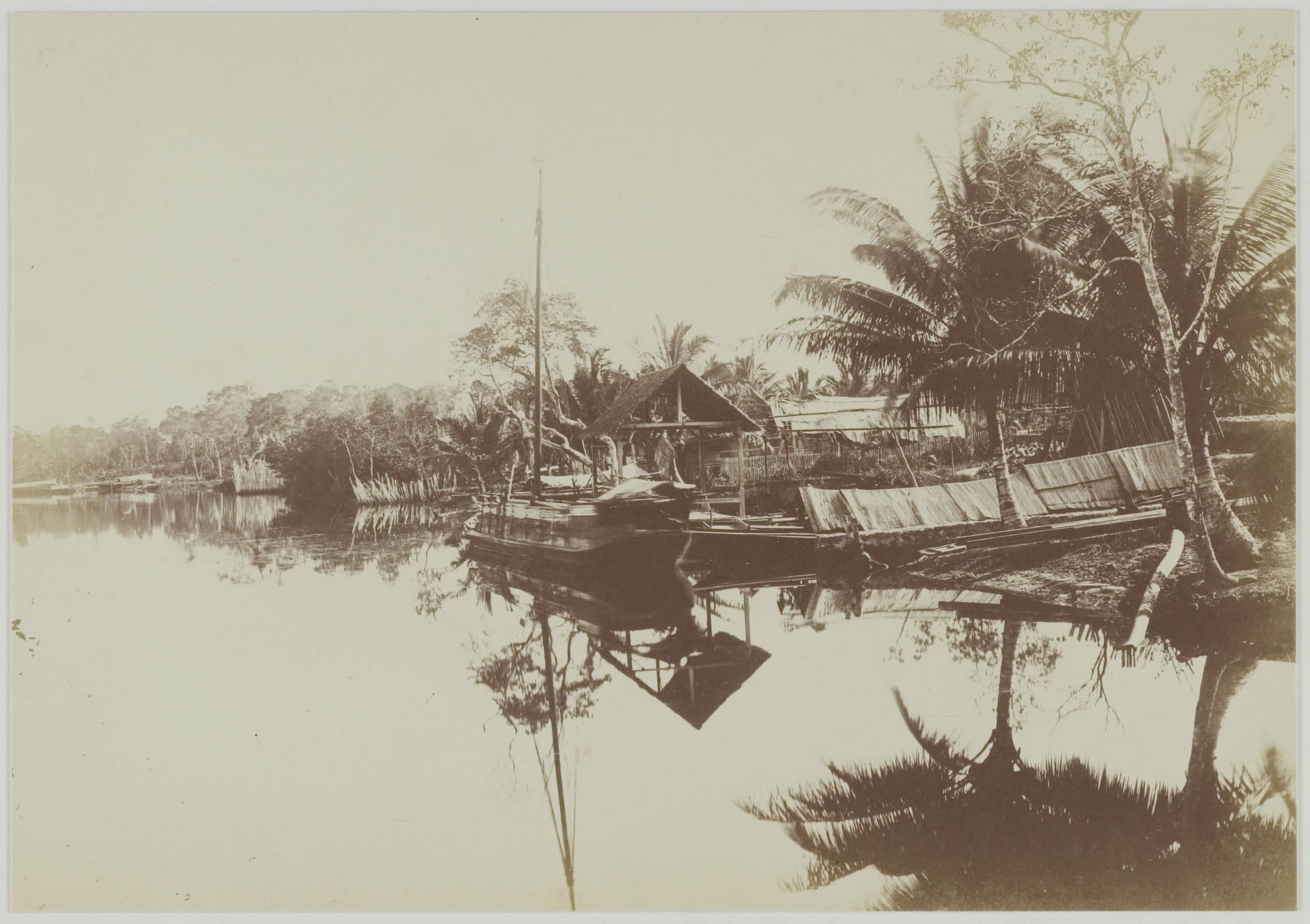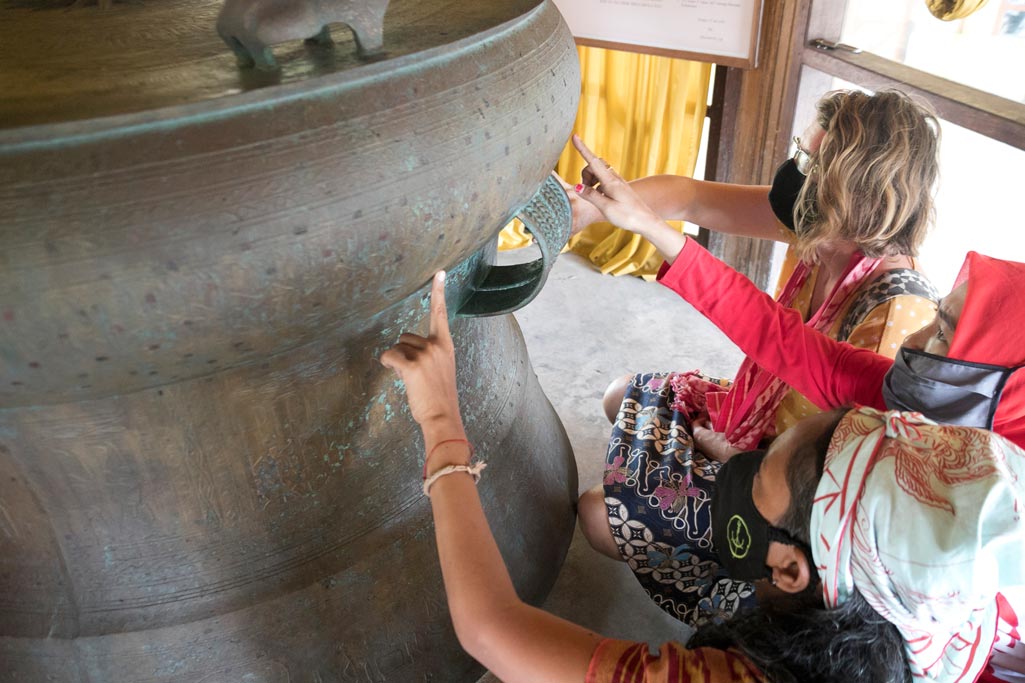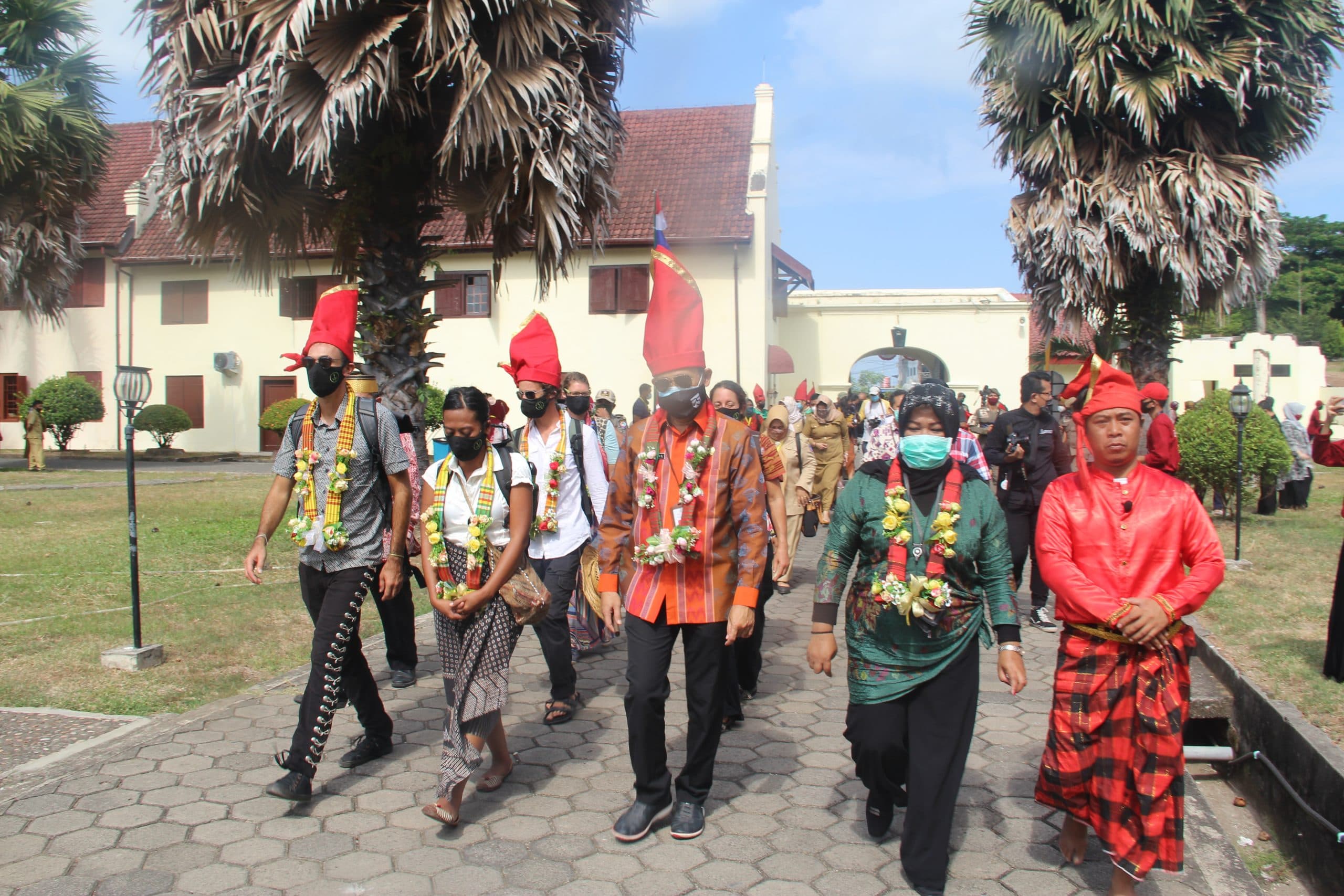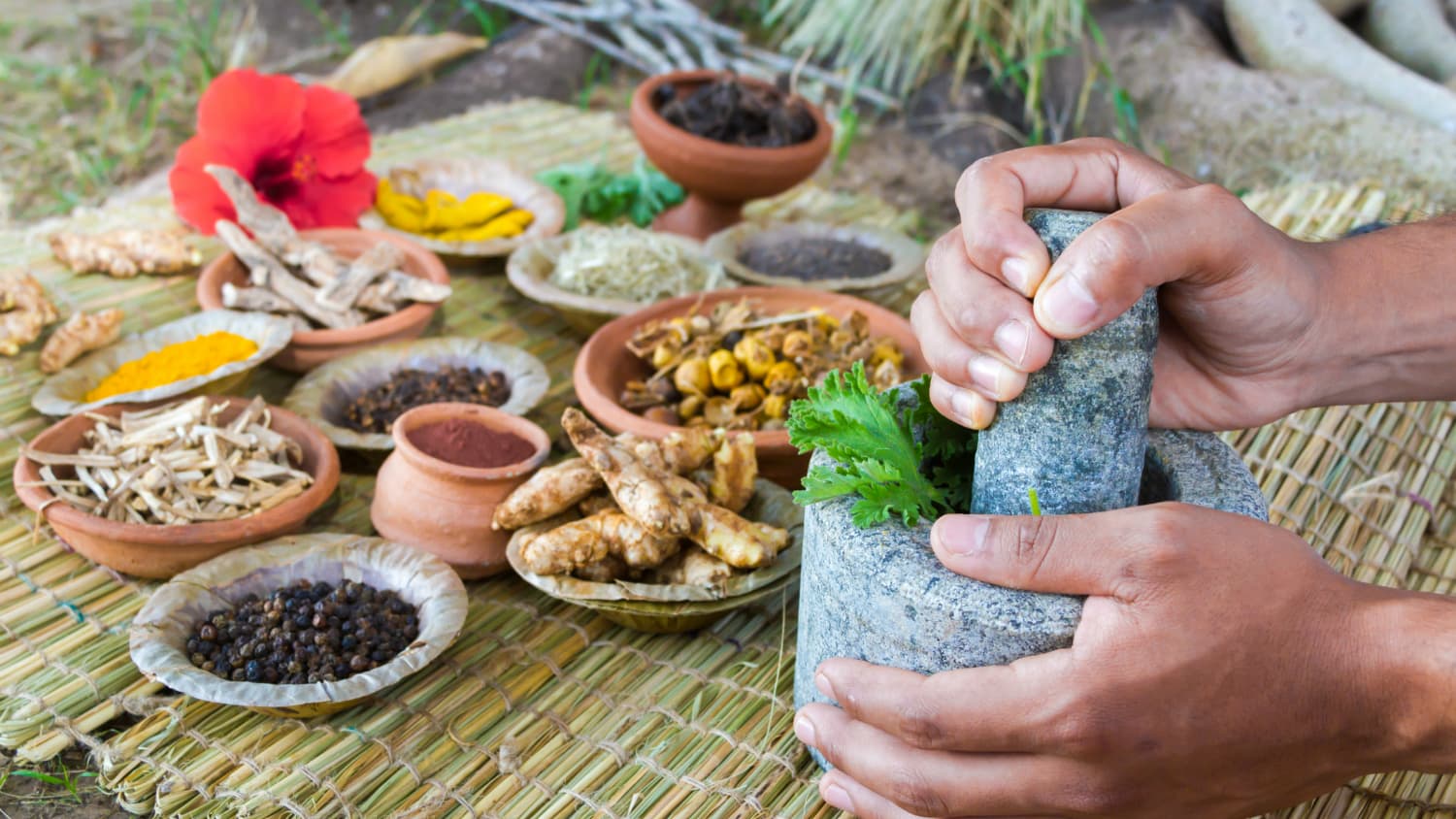
The role of doctors is often forgotten in European explorations since the 16th century, even though the presence of doctors in every sailing ship was inevitable. During the age of exploration, their job was to assure the health of crews in the journey until they reached the destination and went back home.
Further, the doctor researched natural history, for example, to know which plants had medicinal properties or other stuff that captured their attention when they stepped their feet in the new and very strange environment.
When VOC started their journey to the East until Nusantara, the presence of doctors could be seen in every ship owned by VOC. Further, the trading company even gave them a special additional task to the doctors and pharmacists involved in the voyage, ”agar mereka membawa serta ranting dengan daunnya, diletakan di antara kertas… Terutama rempah-rempah yang dicari: lada, pala, bunga pala, cengkeh dan kayu manis, tetapi juga dari tanaman menarik lainnya. Agar mereka juga membuat ilustrasi, dan mencatat nama dan kegunaan lokal, dan bagaimana dan di mana ia tumbuh”. A draft that became guidance for the VOC employees, compiled by Carolus Clusius (1526-1609), a prefect at Leiden Botanical Garden and an Honorary Professor at Leiden University (Baas and Veldkamp, 2013, p. 10). (“that they brought the twigs and the leaves, put between papers… Especially the spices they were looking for: pepper, nutmeg, mace, clove, and cinnamon, but also other interesting plants. That they created illustrations, took notes about the names and local usages, as well as how and where they grew”).
Jacobus Bontius was one of the most well-known doctors and VOC employees for his persistence in combining the desire of researching the natural history and taking care of the sick during the age of exploration. His monumental work De Medicina Indorum gave an overview of the observation of the disease that spread in Batavia, how he took care of the sick, and the portrayal of nature, especially the ones related to plants that were believed to be medicinal. Even though the grass was often considered insignificant, in his analysis on the grass in Java, he wrote that the plant could treat kidney and bladder pain. The kind of grass that he called gramen cruciatum mostly spread in Java and Egypt.
What Bontius did was quite ordinary, for he got an education as a doctor before setting sail to Nusantara in the age of exploration. At that time, medical education was a combination between practical work (ars)–like how to treat the sick, that required them to know about the usability of plants, animals, and minerals for that–and theoretical (scientia)–the science of health and the disease, obtained by natural observation rather than philosophical speculation. It exists, for instance, in the word physicians, derived from Greek, physics, which means natural science. Therefore, a doctor would spend his daily activity to observe nature on purpose to cure the sick.
However, the research wasn’t limited to people who took medical education. Rumphius who joined VOC as a merchant became a prominent naturalist during the age of exploration. His fortitude as a researcher with high curiosity led him to a great collection of materials, including flora, fauna, and minerals he found along his journey. He put the types of plants in the Indies as the main concern, from collecting, classifying, to observing the use for the locals, and it became the main focus for his monumental work Herbarium Amboinense. Finishing his manuscript in 1690, it arrived in the Netherlands six years later and was published forty-five years later in 1741. Rumphius who passed away in 1702 could never see his work published.
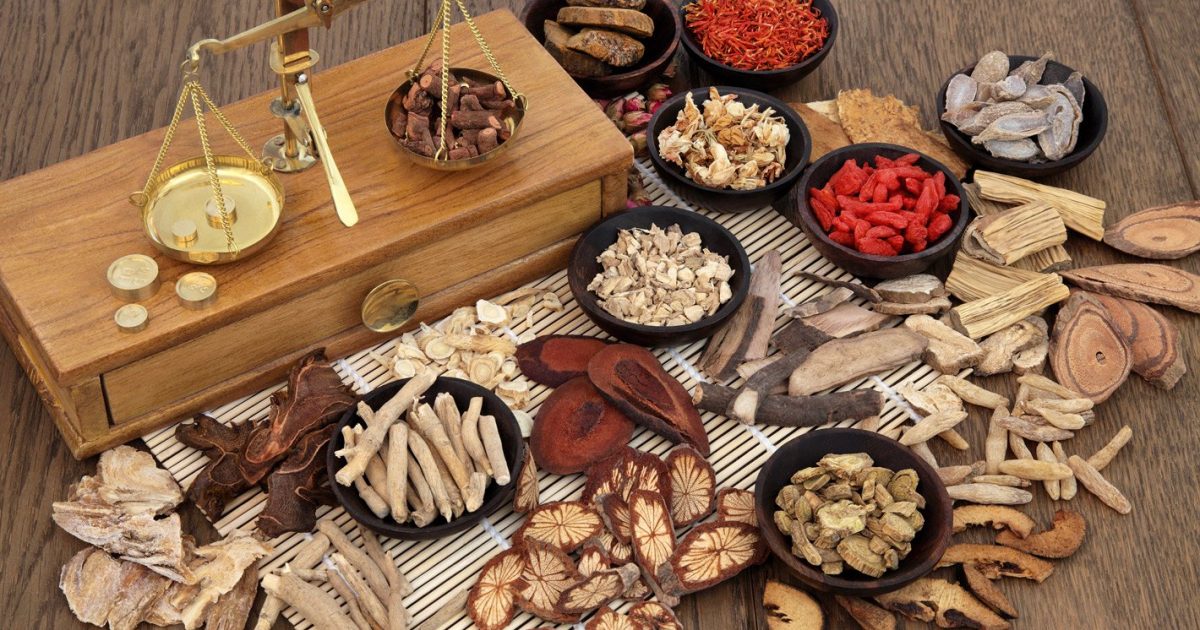
Source: Shutterstock
What VOC did was the manifestation of the importance of natural science which includes the knowledge of economical sources in the area. During that time, the knowledge of natural secrets was a precious commodity. That’s why the publication of works containing the botanical diversity and richness in Nusantara was postponed, for the trading company didn’t want any of their competitors to find out the secrets.
The knowledge about the potential of the medicinal plants deserved attention. Through their research result, Bontius and Rumphius showed it, and so did the naturalist that showed up afterward. The explanation would be, first, the medicinal plants could become a substitute for the perfunctory medicine they brought from Europe. Second, as a consequence, they could face the threat of disease. Further, there was a belief that every disease could only be cured using the materials that existed in the place where the disease spread. Given the framework, the tropical disease could only be cured using materials from tropical areas.
The research on medicinal plants presupposed an assumption of the recognition of the knowledge possessed by the locals. That became the reason why the doctors tried to build a relationship with the locals, especially the elders so that they could reveal the secrets of local medication. Besides, the Europeans used the local people’s help as guides and sources in their research. Therefore, even though the names of the local people were never mentioned in the research, the Europeans would never have produced the knowledge without the locals’ help.
As the number of Europeans who came increased during the age of exploration, the need for health assurance went up. Many people researched local medicines. Leschenault de La Tour, who was a part of Nicholas Boudin’s expedition group to search for Australia, took his time to explore Java when the ship was moored in Ambon. He was tempted in discovering the secret of the upas tree, which the Europeans often discussed since the 18th century. The naturalist stayed there for a couple of years.
Thomas Horsfield, an American doctor who arrived in Java in 1802, used the work of this French naturalist as a reference in writing his work with the same theme. Further, he even made a more comprehensive map in an article that was specifically written concerning medicinal plants in Java. Horsfield made it, for he had researched for years in Java.
Thus, the existence of doctors during the Europeans’ explorations in searching for spices was crucial. First, the research they conducted on medicinal plants enriched the studies of the medical world, in addition to giving a practical benefit to resolve the spreading of disease without having to import medicines from Europe. Second, the research they conducted and the knowledge they formed contributed to defining the plants which had economical values. The last point proves that doctors played an essential role in the study of the Spice Routes. By dint of their research, the potential of plants with economical value was revealed, documented, and gave another evidence that the Spice Routes does not merely talk about spices as a commodity.
Gani Ahmad Jaelani is a lecturer in the Department of History and Philology of Padjadjaran University. He finished his doctoral studies in history in the Ecole des Hautes Etudes en Sciences Sociales (EHESS), Paris, with the dissertation on the problem of hygiene of the Dutch East Indies.
Text: Gani Ahmad Jaelani
Editor: Doni Ahmadi
Translator: Dhiani Probhosiwi



